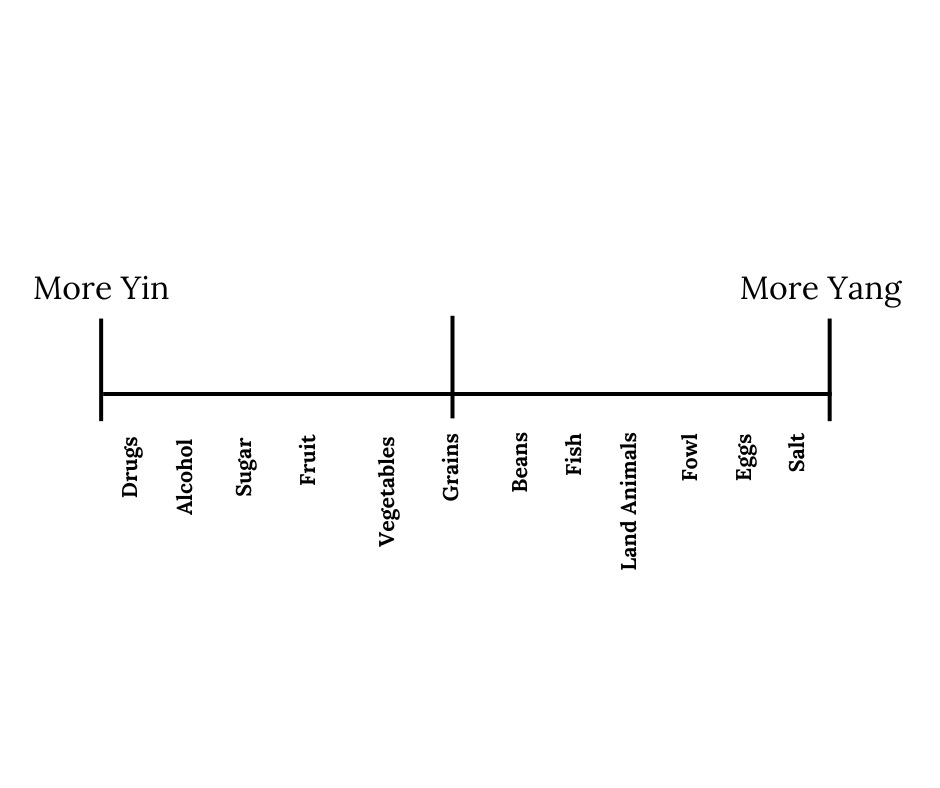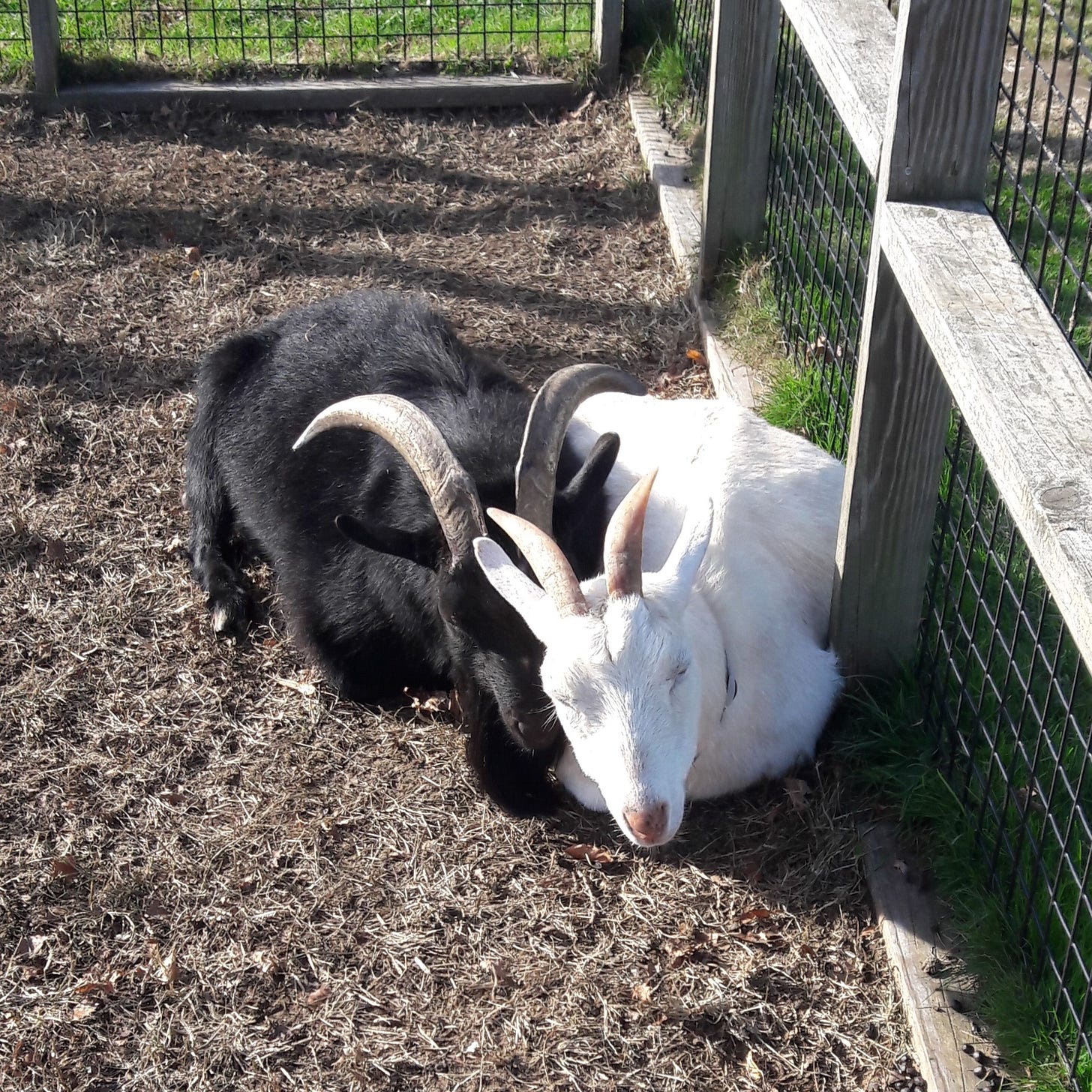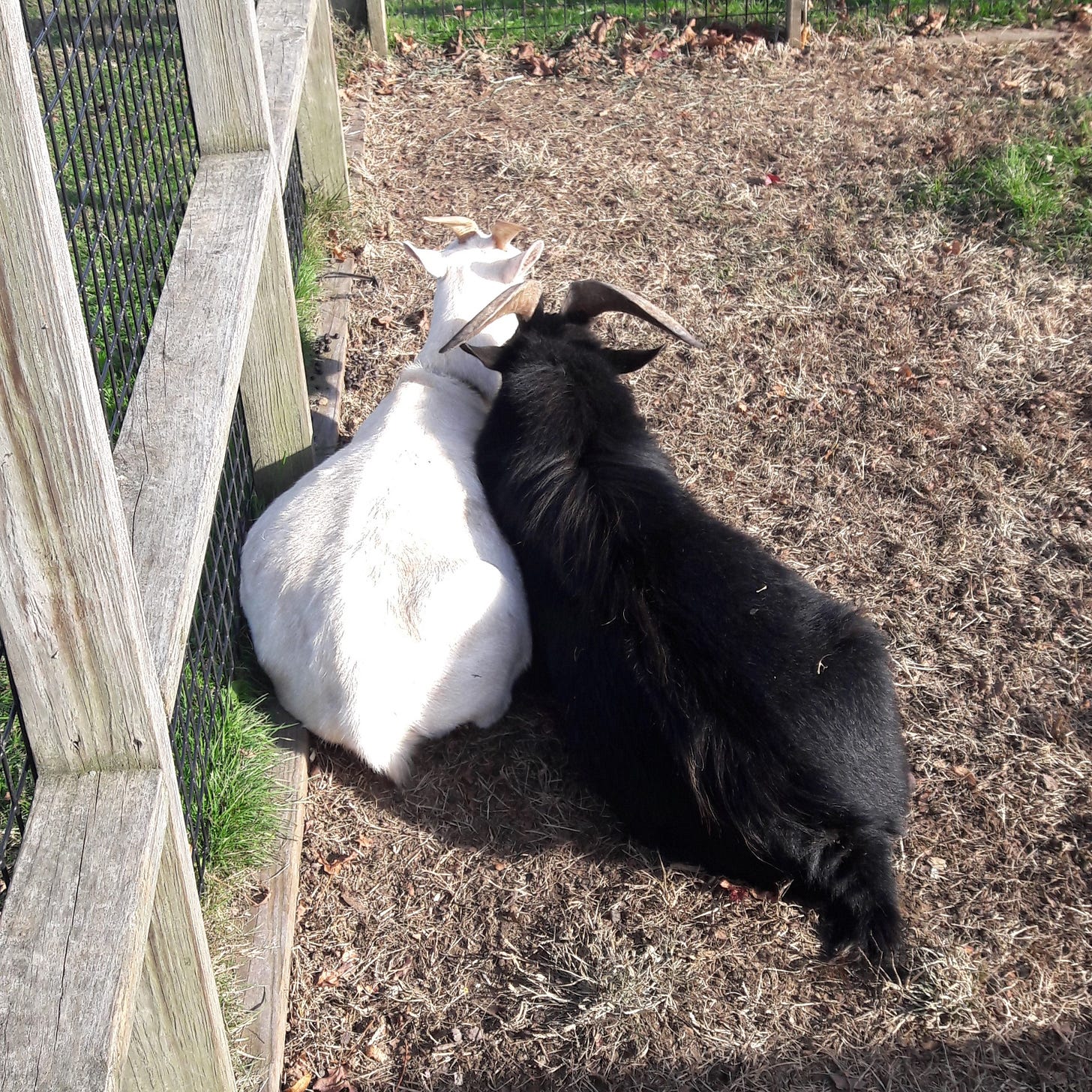My understanding of yin and yang comes from my study of macrobiotics, which is a philosophy and way of life started by George Ohsawa. He called the law of yin-yang, The Unique Principle, unique meaning One. Ultimately, yin-yang is a theory of oneness, and how one differentiates into two forces that shape our world. You could say they are two sides of one coin.
Yin-Yang is a relative scale. Nothing is completely one or the other. Anything is only yin or yang in comparison to something else. Everything and everyone has aspects of both. Regarding our health, we can have excesses of one or the other. When we turn them around, we are making balance within the body.
The Unique Principle is a tool we can use to look at all phenomena. George Ohsawa called this, “putting on the magic spectacles.” Since I put them on, I haven’t taken them off! I hope the following information will help you to understand this fascinating concept.
Some qualities of Yin:
cold
spacious
upward or outward movement
still or inactive
quieter
slow
dark
loose
soft
wet/liquid
weaker
large or expanded
sweeter tasting
Some qualities of Yang:
hot
condensed
downward or inward movement
active
louder
fast
bright
tight
hard
dry/solid
stronger
small or compact
saltier tasting
Let’s look at some examples to illustrate this:
A carrot grows straight down into the earth, it is solid throughout, with a compact structure. It is relatively dry and hard compared to other plant foods. It is more yang.
A watermelon grows on long vines that climb, growing upward and spreading out in all directions. It is juicy when you cut into it. It has an expanded shape and large size. It has a soft texture inside and tastes much sweeter than a carrot. It is more yin.
We need both qualities in our diets. Different seasons and climates require different foods to make balance with the environment. We can categorize food on a yin-yang scale.
Within each listing on the diagram above, we could create another scale of just that sort of food. Fruit for instance: how would you compare an apple to an orange using yin and yang?
These categories shouldn’t be confused with being “good” or “bad.” When it comes to food, strive to create a balanced diet. Leaping back and forth between the extremes is where we sometimes get into trouble. Or by eating only on one side of the scale and not the other. In macrobiotics, most people eat the foods in the center (whole grains, vegetables, and beans) as the mainstay of their diets, expand outward into some fruit and fish, but generally stay away from the extremes. The Standard American Diet largely skips the center of whole grains all together, and swings between meat and sugar, wildly trying to balance one another but usually failing.
We can look at health conditions through the lenses of our magic spectacles too. For example, with congestive heart failure and coronary artery disease, the two problems have opposite characteristics.
Congestive heart failure: loose, weak, soft, slack, expanded
Coronary Artery Disease: tight, constricted, blocked, hard
One condition is more yang and one is more yin. This could possibly be the result of taking too much yin or yang foods for a long period of time*.
The more yin food we eat, the more yin qualities we take on. For example, sugar is extremely yin. It is weakening and causes tooth decay. Decay is a breakdown, a falling apart of tooth enamel, which should be solid, hard, strong, and yang.)
When the yin or yang force comes from the inside (digesting food) it creates more of the same quality in the body.
Action and Reaction
This concept used to confuse me. But once I got it, it made perfect sense. Stay with me here!
I already mentioned that consuming yin or yang foods will cause your body to take on that yin or yang essence for better or for worse. But, yin action creates a yang reaction, and yang action creates a yin reaction.
What does that mean? Let me give an example:
You have tight muscles in your neck that hurt.
Hard, tight, contracted = Yang
So you apply a hot compress. Hot = Yang
The heat relaxes your tight muscles.
Relaxed, loose, soft = Yin
The application of yang makes yin!
How about the opposite?
You injure yourself and have swelling.
Swelling, inflammation, expansion = Yin
So you put an ice pack on it. Cold = Yin
And the swelling goes down.
Contraction/inward motion = Yang
The application of yin makes yang!
When the yin or yang force comes from the outside, it creates the opposite reaction.
We can easily see this by looking at food in the garden. Let’s go back to that carrot and watermelon:
When the weather is hot (yang) we see yin plants thriving. Watermelon (more yin) grows in the hot summer, not the cool fall or cold winter. You could say that the watermelon is making balance with its environment. Its expansive, juicy, yin qualities balance the yang weather conditions, actually making it a perfect food to cool us down in the heat.
Meanwhile, the carrot (more yang) is hearty in quite cold (yin) temperatures, and can even be overwintered in some areas. Its strong, solid, yang qualities survive cold, yin weather that the more yin watermelon would never make it in. Eating hearty vegetables like the carrot is sustaining for us during the cold months of winter.
You can look at every aspect of life using this principle—the changing seasons, the geology of the earth, the organs of the body, cooking styles, your hobbies, your job—everything follows the laws of yin-yang. You could say this is the order of the universe itself.
What do you think? Was this article helpful? Where do you see yin-yang playing out in your daily life?
If you want to dig deeper into this concept, I recommend the following books:
The Order of the Universe by George Ohsawa (the unique principle explained by the philosopher himself) published by the George Ohsawa Macrobiotic Foundation
The Hip Chick’s Guide to Macrobiotics by Jessica Porter (includes a very easy to read outline of Ohsawa’s 12 theorems and lots of yummy recipes) Avery Publishing 2004
Yin Yang Primer by Edward Esko (Ed was my teacher who helped solidify my understanding of the unique principle and the five transformations)
The Quick and Natural Macrobiotic Cookbook by Aveline Kushi and Wendy Esko (this is a cookbook, but the introduction explains yin-yang related to food very nicely) Contemporary Books 1989
The Book of Macrobiotics: The Universal Way of Health and Happiness by Michio Kushi Japan Publications (there are many additions of this comprehensive book)
*The author does not intend the concepts of this article to diagnose or treat any disease or ailment.







This is great info, and I want to expand on this in a future article about yin/yang duality, etc. The only thing i'm confused about is how downward/inward growth is associated with yang and upward/outward growth is associated with yin. When you think of Brahma/growth/creation/evolution, this is yang/lingham/etc. and Shiva/decay/devolution/involution is associated with yin/yoni/etc. Thanks!
Great job explaining this! Yin and Yang is all around us. When my son eats candy (yin) he gets really hyper (yang). 😆